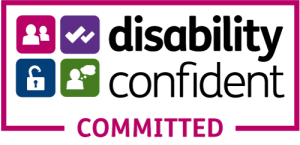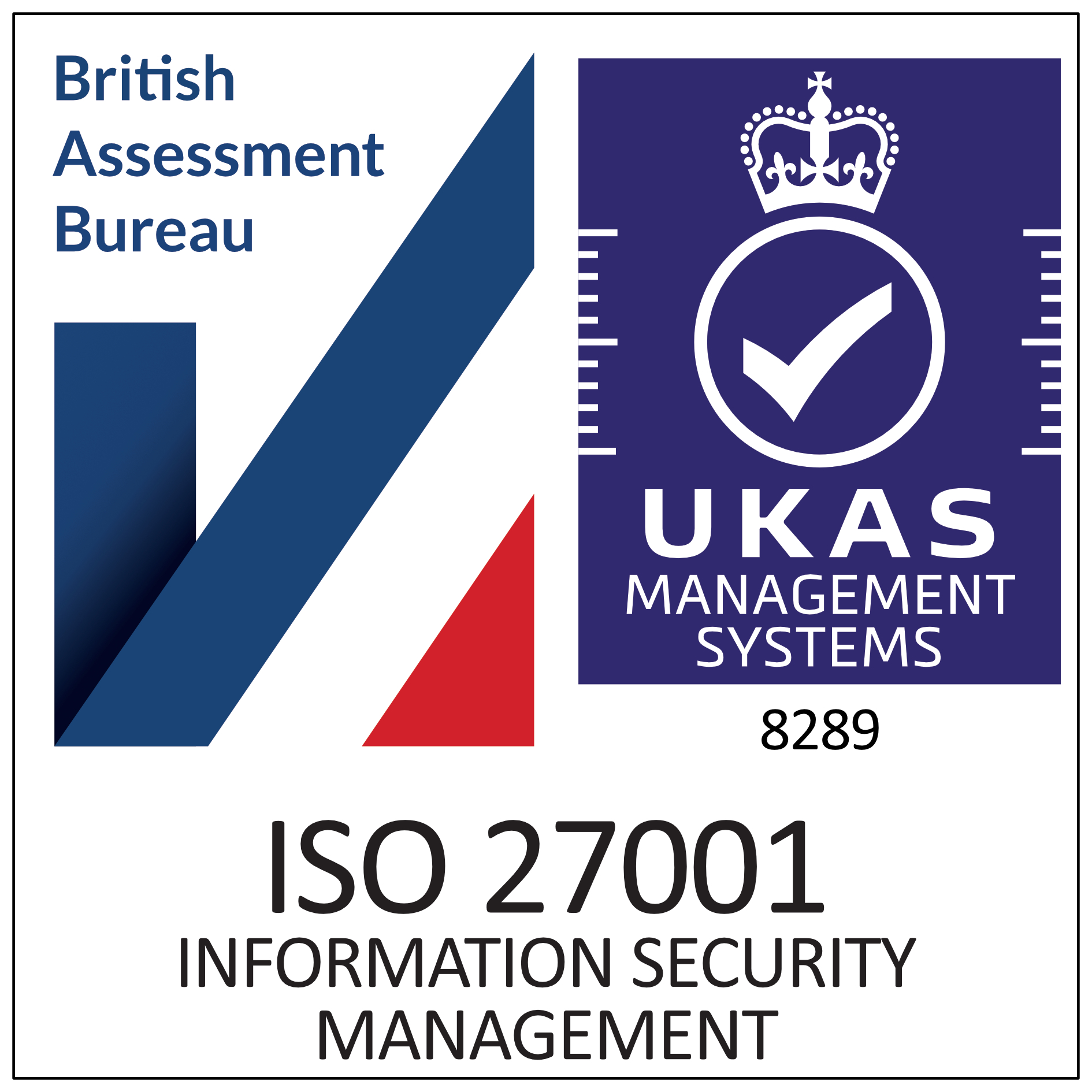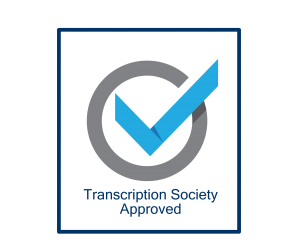How to Write a Transcript: A Comprehensive Guide
Creating a transcript from an audio or video recording is an invaluable skill, particularly useful in professional, educational, and legal environments. This guide will walk you through the process of writing an accurate transcript, ensuring clarity and detail while adhering to a structured format. We’ll also touch upon when it might be wise to seek help from professional transcriber services like TP Transcription Limited.
Understanding Transcription
A transcript is a written record of spoken words. It can be verbatim, capturing every utterance and sound, or edited to improve readability by removing redundancies and non-verbal cues. The choice between these styles depends on the purpose of the transcript and the specific requirements of the project.
Steps to Writing a Transcript
Preparation:
- Equip Yourself: Use high-quality headphones to catch every word and a foot pedal if you’re transcribing frequently, as this allows you to control playback hands-free.
- Software: Choose transcription software that allows you to slow down, pause, and rewind the audio without shifting from your word processor. Express Scribe Pro is good.
Listening and Typing:
- First Pass: Listen to the recording completely without typing to familiarise yourself with the content and note any difficult sections.
- Type Verbatim: On the second pass, type everything you hear, including all filler words and non-verbal sounds if required.
- Rewind Frequently: Ensure accuracy by rewinding and listening to difficult parts again until you’re sure of what’s being said.
Editing:
- Clean Up: If the transcript is to be edited, remove unnecessary filler words and correct grammatical errors while retaining the meaning of the dialogue.
- Formatting: Follow a consistent format throughout your transcript. This might include speaker labels, timestamps, and section headings.
Review:
- Proofread: Check the transcript against the audio again to catch any missed or misheard phrases.
- Spell Check: Use a spell checker to correct typos and spelling errors, ensuring the document is professional and polished.
Finalisation:
- Layout: Ensure the transcript is easy to read by using appropriate paragraphing and spacing.
- Save and Backup: Always save your work in multiple formats if necessary, and ensure you have backups to avoid data loss.
Tips for Effective Transcription
- Understand the Context: Knowledge of the subject matter can greatly improve your ability to interpret and transcribe the audio accurately.
- Use Transcription Tools?: Leveraging tools like automatic transcription software can seem as if it will speed up the process, but unless you have a recording of just one person talking you will find it a bit of a waste of time and human transcription is the better option.
- Maintain Confidentiality: Always handle sensitive recordings responsibly and in accordance with GDPR.
When to Use Professional Transcription Services
While DIY transcription can be effective for personal or less critical tasks, professional settings often require the precision and speed that only a professional service can provide. TP Transcription Limited (www.tptranscription.co.uk) offers a range of transcription services, ensuring high accuracy, security, and adherence to specific formatting requirements. Whether for academic research, business meetings or market research, outsourcing to a professional can save time and yield better results.
Conclusion
Writing a transcript requires attention to detail, patience, and a good understanding of the audio content. Whether you choose to transcribe on your own or use professional services like TP Transcription Limited, following these guidelines will help you create clear, accurate, and useful transcripts. With practice and the right tools, transcription can become a valuable skill in your professional toolkit.









